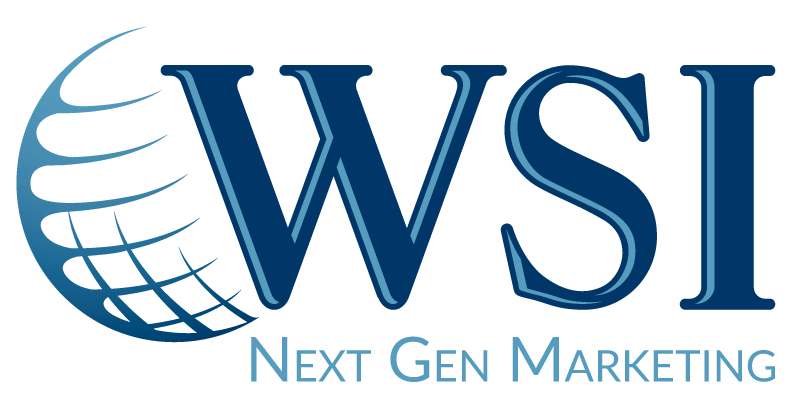Conversion rate optimization (CRO) enables you to extract more value from the website visitors you already have. A good CRO strategy is the key to increasing leads and converting visitors to paying customers.
What’s the point of high web traffic if none of those people convert?
Companies need to evolve their digital marketing strategy to become more customer-focused. This means improving the experience of your visitors and the performance of your website.
How Do You Optimize Conversion Rate?
Conversion rate optimization means understanding what visitors are looking for when they arrive at your site and giving it to them. As such, every business can improve its conversion rates. And while the best CRO strategies are those customized to your audience, there are some time-tested ways to improve your conversion rates.
Create and A/B test landing pages
For marketers, there’s nothing quite as frustrating as a landing page with low conversion rates, especially when running an ad campaign. But with tweaks to your CTAs, landing page design, page load speed, or including a compelling heading, you can achieve better results and increase your return on ad spend (ROA).
A/B testing is simply the process of comparing two or more versions of a webpage to determine which performs best. You can test different versions of your website copy, content offers, and images to see what your target audience prefers.
Create CTAs that anticipate the users’ needs
A good call-to-action (CTA) is one that offers good returns, i.e., conversion rates. Consumers are inundated with marketing messages every day, all prompting them to take a specific action. And the result is an audience primed for decision fatigue. Make the process easier for them by anticipating their needs and personalizing the CTAs accordingly.
Tip: It might be a good idea to test with text-based CTAs, as users today are more likely to ignore banner-like information on websites. Also, CTAs don’t always have to be below the fold. Including a CTA above the fold can encourage people to keep reading and increase their likelihood of taking the prompted action.
Incorporate CRO strategies above the fold
Everyone sees the top of your page. It’s crucial to focus your CRO strategies above the fold to keep your visitors on your site for longer. If you don’t provide compelling content above the fold, you risk losing valuable web traffic and revenue. In turn, focusing on content solely below the fold means compromising your conversion rates.
But the above-the-fold areas aren’t about selling a product to a user. Instead, it’s about providing value to your users with the aim of keeping them engaged to keep scrolling. Some strategies include prompting users to take a quiz or input their email addresses to access a white paper.
Provide multiple conversion paths
Not every lead wants to be nurtured through their buyer’s journey; some want to get right down to business, whether that’s speaking to a customer service agent or buying a product. Implementing the right conversion path will remove friction from your sales process and ensure different kinds of leads can find what they’re looking for.
Run CRO tests on high traffic pages to determine why visitors convert so you can adjust your CRO strategy accordingly. For instance, you might find that more people convert when the CTA has to do with free demos rather than product trials.
Improving the Conversion Path Experience
Web design has a significant influence on conversion rates. Few visitors will be willing to scroll through webpages that are difficult to load, poorly designed, or hard to read.
Working with a web design company could be just the thing that improves your conversion rates. The right web developer can determine the design shortfalls of your website and improve its overall conversion path experience.

